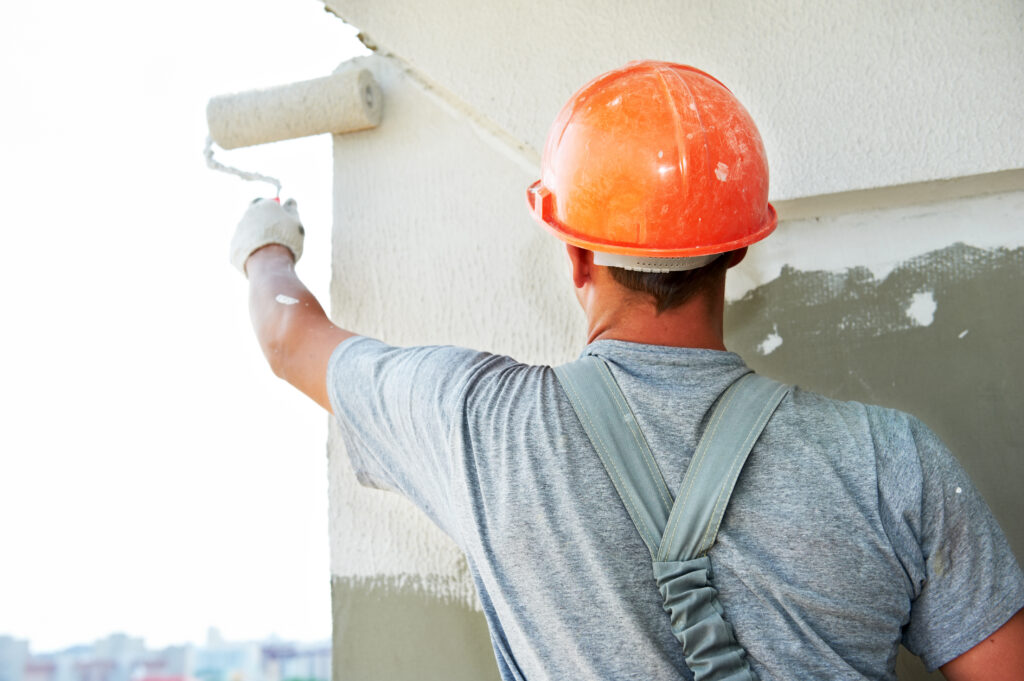Exterior space painting can involve large surfaces and require specific guidelines for paint application, making preparation work crucial to project success.
While similar to interior painting, exterior painting can have an additional set of variables that make preparation all the more important. From weather exposure to substrate type to access at heights, there are a number of factors to consider before you dive into the painting work.
Here’s a roundup of tips from reliable sources to ensure that your exterior painting project will be successful.

Just like preparing for interior painting, an appropriate starting point when preparing an exterior space for painting is to remove any contaminants from the surface. Pressure washing the exterior can help reduce the overall professional painting and maintenance expenses.
CPIA Member PPD Painting explains that professional contractors avoid painting over dirty, chalky or dusty surfaces, due to it both making the exterior look uneven and rough, but also prevent proper paint adhesion.
It is also important to make sure to prepare the area around the surface. Depending on where the surface is, this may include stretching a canvas over landscaping and planning areas for a ladder or scaffolding if the surface is tall enough. Any water exposure should also be protected to avoid contamination from old or new paint.
If the surface had been painted prior to this job, remove any leftover peeling paint that was not stripped while washing. Any additional imperfections should be removed in this step as well. In general, filling any holes and sanding the surface will ensure smoother paint application.
After old paint has been removed, the surface may still contain stains or bare spots. Prime these spots to make sure the new coat of paint can still bond to that area. A full coat of primer can also be applied to the entire surface as needed. The type of recommended primer may vary based on the surface’s material.
Safety is also critical in preparation work, ensuring that workers have proper equipment and are up-to-date on the latest safety standards. Tenants, employees and clients should also be taken into account, opting for a non-toxic, odorless paint that pose little to no health risks when possible.
Throughout the process of cleaning and preparing the area, keep a close eye on the weather. Along with making the job more challenging, inclement weather can harm the paint itself. Depending on the surface’s material, different types of weather pose different threats. For example, wet weather can cause wood to expand and contract because of changed in moisture. Prior to painting, make sure that the weather is conducive to easy paint application.





John Ruzghani
Thanks for sharing such information; it helps a lot.